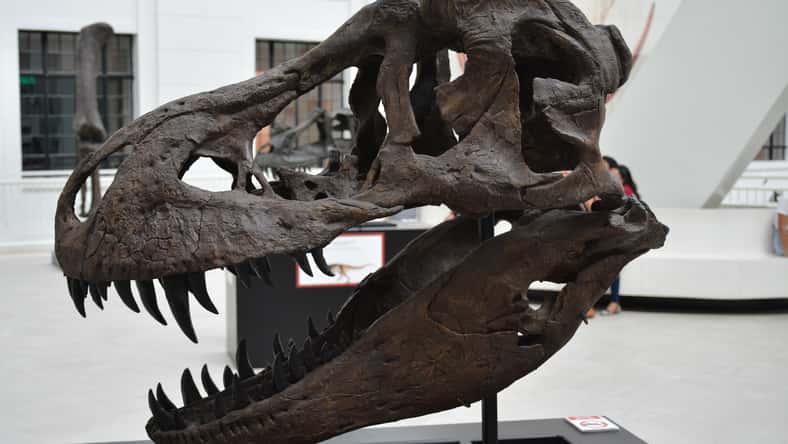
During excavations in the Tuva Republic of Russia in 1998, a team of researchers came across the partially mummified remains of an ancient warrior.
The well-preserved corpse was thought to be a teenage boy. But now, new technology has helped reveal that the young fighter was actually female, and she may be one of the renowned Amazon women warriors detailed in Greek literature.
The research team was led by Marina Kilunovskaya and Vladimir Semyonov. They estimated that the remains dated back roughly 2,600 years to the 6th century B.C.E.
Several objects were buried in the tomb with the body. These grave goods were usually reserved for honored warriors.
Among the burial items were an axe, a three-foot birch bow, and 10 arrows that were each approximately 27 inches long. One of the arrows was made with a bone tip, two were wooden, and the others were crafted from bronze.
The warrior was also buried wearing a shirt and bottoms that were light brown in color. A double-breasted fur coat made from the skin of a rodent covered the outfit. The coat reached below the knees. On top of the warrior’s skull, there was a leather cap.
No beads or mirrors were found in the grave, which were items that were typical of a female burial. That’s why the research team had originally believed the young warrior was male.
But when they re-examined the corpse through genetic testing, they found out that it had been misidentified as male.
The tests were conducted at Moscow’s Institute of Physics and Technology in the Laboratory of Historical Genetics, Radiocarbon Analysis, and Applied Physics. The age of the warrior was between 12 and 13-years-old.

“The results of genome-wide sequencing, which showed that a girl was buried in a wooden coffin, were unexpected,” Kilunovskaya said.
“This opens up a new aspect in the study of the social history of Scythian society and involuntarily returns us to the myth of the Amazons that survived thanks to Herodotus.”
The first mention of the Amazon warriors in Greek literature is Homer’s Iliad from the 8th century B.C.
In the poem, they were described as “antianeirai,’ which is believed to translate to “antagonistic to men,” “the opposite of men,” or “the equal to men.”
Centuries later, the Greek historian Herodotus wrote about the Amazons. He claimed they originated from Scythia, a large steppe region in central Eurasia.
For a long time, the Amazons were considered to be mythological figures, mostly because male historians could not believe that women were capable of being powerful, fearsome warriors.
However, numerous burial remains matching the description of the Amazons have been uncovered in recent years, debunking such beliefs.
Aside from the remains of the teenage girl warrior, three generations of ancient Amazon woman warriors were found inside a Russian tomb in 2020.
Sign up for Chip Chick’s newsletter and get stories like this delivered to your inbox.












